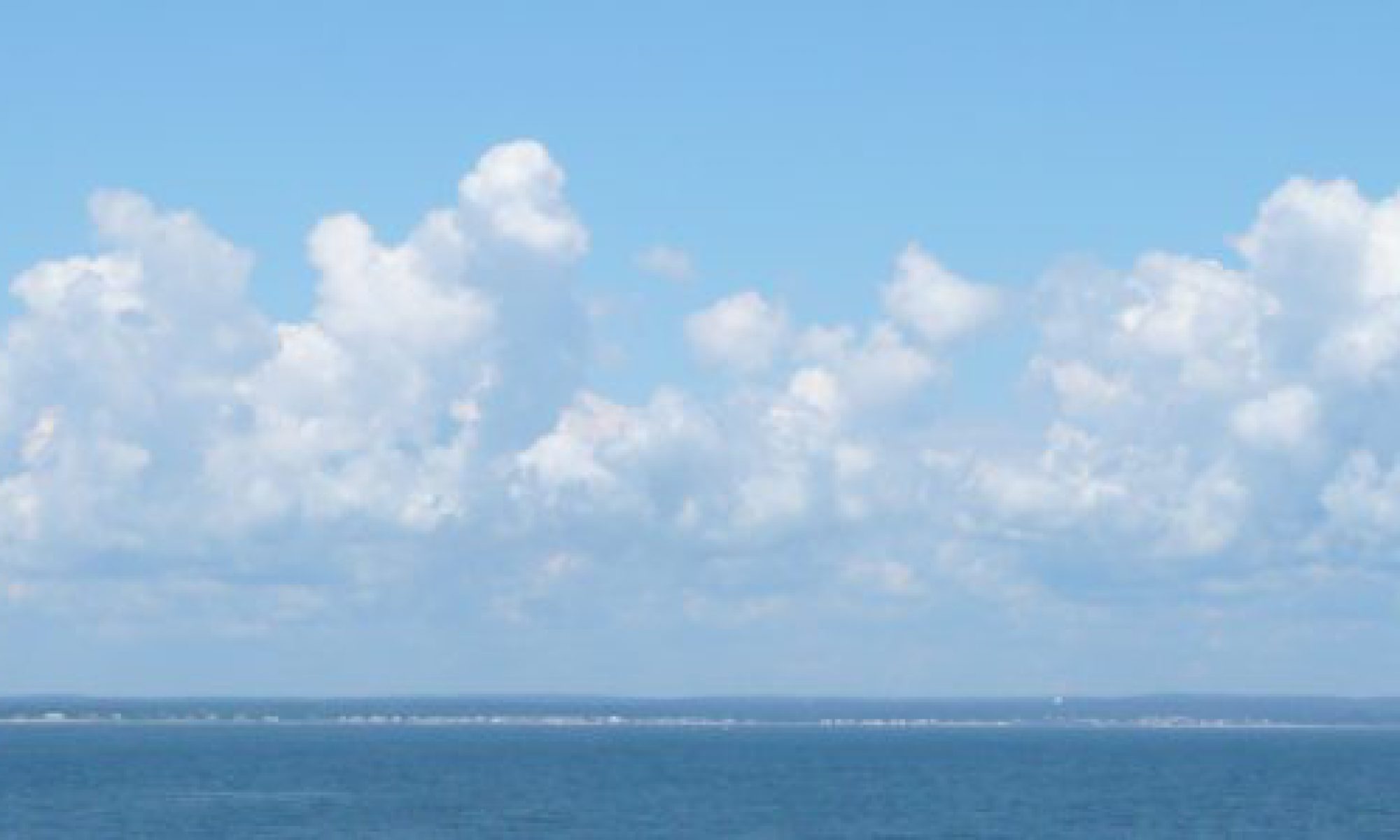Sometimes I feel like such an interfaith rebel, I want to run away into the wilderness and start my own colony–a place where people can define their own religious identities as they please. Roger Williams did exactly that back in 1636, when he created the colony that became Rhode Island.
Williams arrived in the Massachusetts Bay colony as a Puritan in 1631, fleeing religious oppression by the Church of England. But his restless spiritual quest, and his vision of complete separation of church and state, led him to bounce from Plymouth to Salem, leave the Puritans and found the first Baptist church in the Americas, and ultimately, to break from any and all religious institutions. In 1635, the Puritans convicted him of sedition and heresy for his “diverse, new and dangerous opinions.”
Williams fled south on foot through the winter snow and threw himself on the mercy of American Indian sachems, who harbored and supported him. Williams learned the Naragansett language (he already spoke French, Dutch, Latin and Hebrew), and eventually wrote the first English book on an American Indian tongue (in 1640, but still in print today). He also defended the rights of Indians to compensation for their lands, and attempted (without sucess) to prevent the slavery of Africans in his visionary colony. Ultimately, the colony Williams founded on the idea of religious freedom and pluralism became the refuge of famed religious dissident Anne Hutchinson and the anabaptists, Quakers, Jews, and any others who chafed under Puritan law.
Last week, I drove into Providence to deliver my teenage daughter to a summer college program, and as the elegant white marble dome of the Rhode Island state capitol rose into view above the city, my thoughts returned to Roger Williams. The dome rests on an inscription from the 1663 charter from England’s King Charles II granting Williams the right “To hold forth a lively experiment that a most flourishing civil state may stand and best be maintained with full liberty in religious concernments.”
As a Bostonian Jew steeped in colonial history, and an interfaith child drawn to “out of the box” religious ideas, I discovered Roger Williams early on. In 1973, as part of my Bat Mitzvah preparation, I visited and wrote a research report on the oldest synagogue in America, the Touro Synagoge, built in Rhode Island in 1763. The synagogue was built by the descendants of fifteen Sephardic Jewish families who heard of Williams and his “lively experiement” and came to Rhode Island in 1658 seeking the opportunity to freely practice their religion.
More than 350 years after Williams ran off to join the Naragansetts, we are still struggling to protect and strengthen what he named the “wall of separation” between church and state. Just this week, I read an interesting perspective on the topic from that very thoughtful Pagan blog, The Wild Hunt. Meanwhile, the progressive Jewish world is filled this morning with expressions of relief that Israel has at least postponed a bill that would put more power into the hands of ultra-Orthodox rabbis to regulate who is considered Jewish under state law.
Five years after my Bat Mitzvah, I ended up moving from Boston to Providence for college. As students exploring our new city, my friends and I would often frolic through Prospect Park, where the statue of Roger Williams overlooks Providence, his hand suspended in the air, blessing the “lively experiment” he created. At the time, I thought it was hilarious when friends scaled the statue to place a yo-yo hanging on a string from the statue’s oustretched hand. Now, in my sentimental middle-age, this prank seems shockingly irreverent. In building communities to welcome and provide refuge to interfaith families, we have few guides and heroes. Roger Williams is surely one of them.
Being Both: Embracing Two Religions in One Interfaith Family by Susan Katz Miller, available now in hardcover and eBook from Beacon Press.



Wasn’t Charles I dead (beheaded) by 1663?
Indeed! You should know: I believe one of your ancestors had a role in that beheading. Thanks for catching this–I have changed it in the post to Charles II. I copied the fact from a historical site which had it wrong. The confusion may have come from the fact that Williams originally got a charter under the reign of Charles I (from Parliament, not from the King) and then went back to get another charter in 1663, just to make sure everything was kosher with his colony, when Charles II came into power.
Sue – I enjoy reading On Being Both.
I found today’s message about Roger Williams very informative and engaging.
I also appreciated your column on the summer chapel. I liked your note about your daughter being so familiar with the service that she just reached for the red hymnal without prompting. The world moves forward slowly on its interfaith journey. Your blog is certainly helping to keep things moving.
Another early pioneer of religious tolerance, closer to home, was Leonard Calvert, whose brother Cecil, like Roger WIlliams, also received a charter from Charles I to establish St. Mary’s City as the capital of Maryland, in 1632. Within the colony, he instituted a progressive policy of liberty of conscience, allowing people of varied faiths to freely worship in Maryland; the colony had no official established religion. Unfortunately, this early experiment in interfaith society and separation of church & state was effectively quashed by a Protestant uprising six decades later, and Maryland’s capital was moved to Annapolis, under William III, leaving St. Mary’s City to languish and ultimately disappear into the landscape. I take great comfort in the fact that these ideas of religious tolerance nonetheless prevailed nearly a century later, when our country was established.